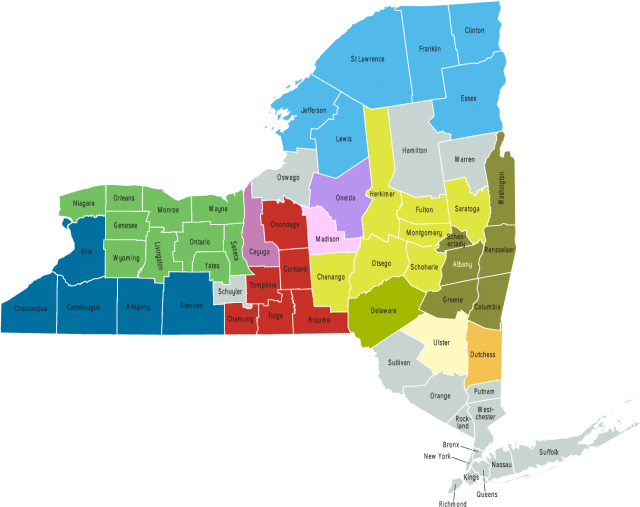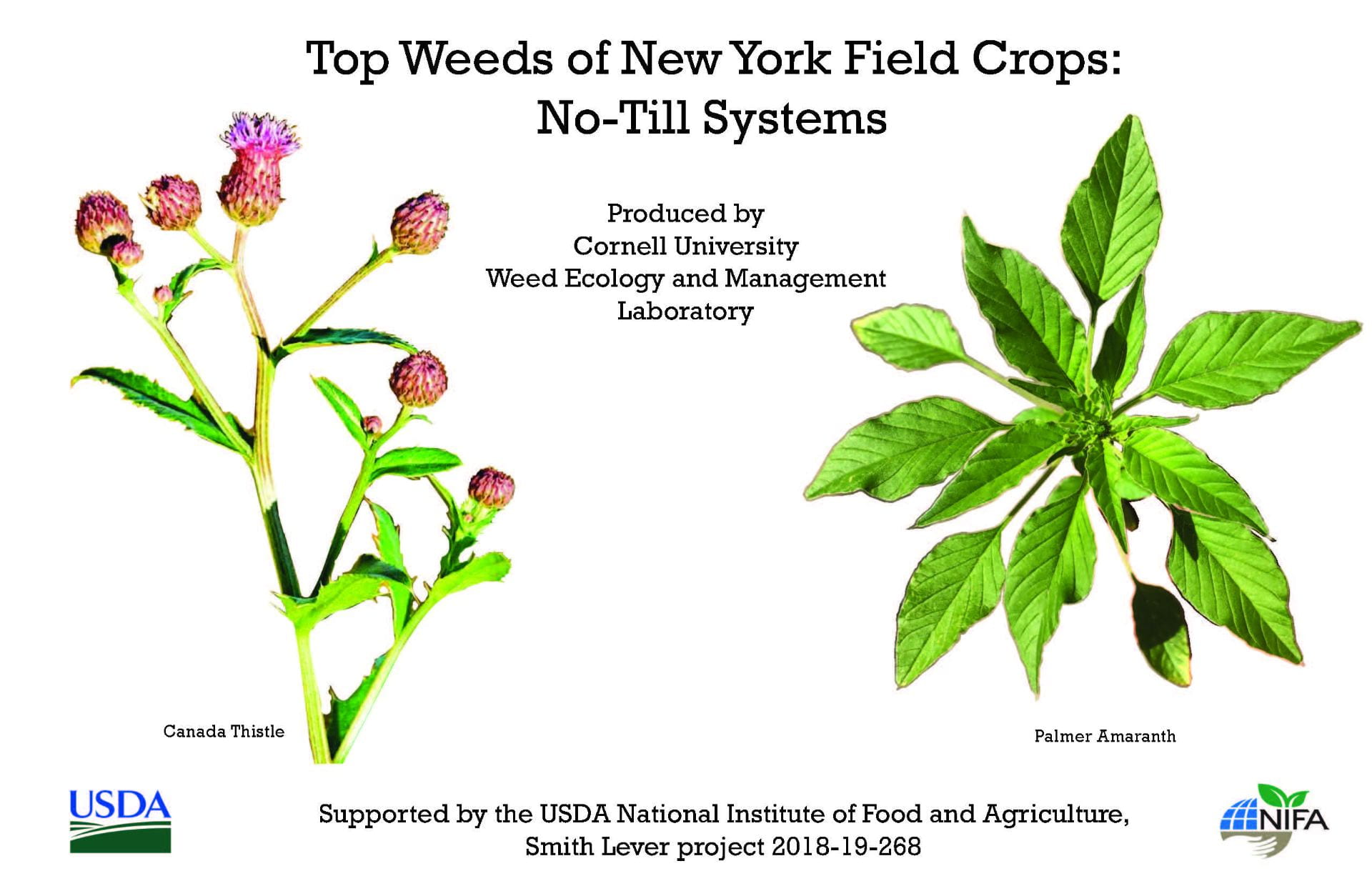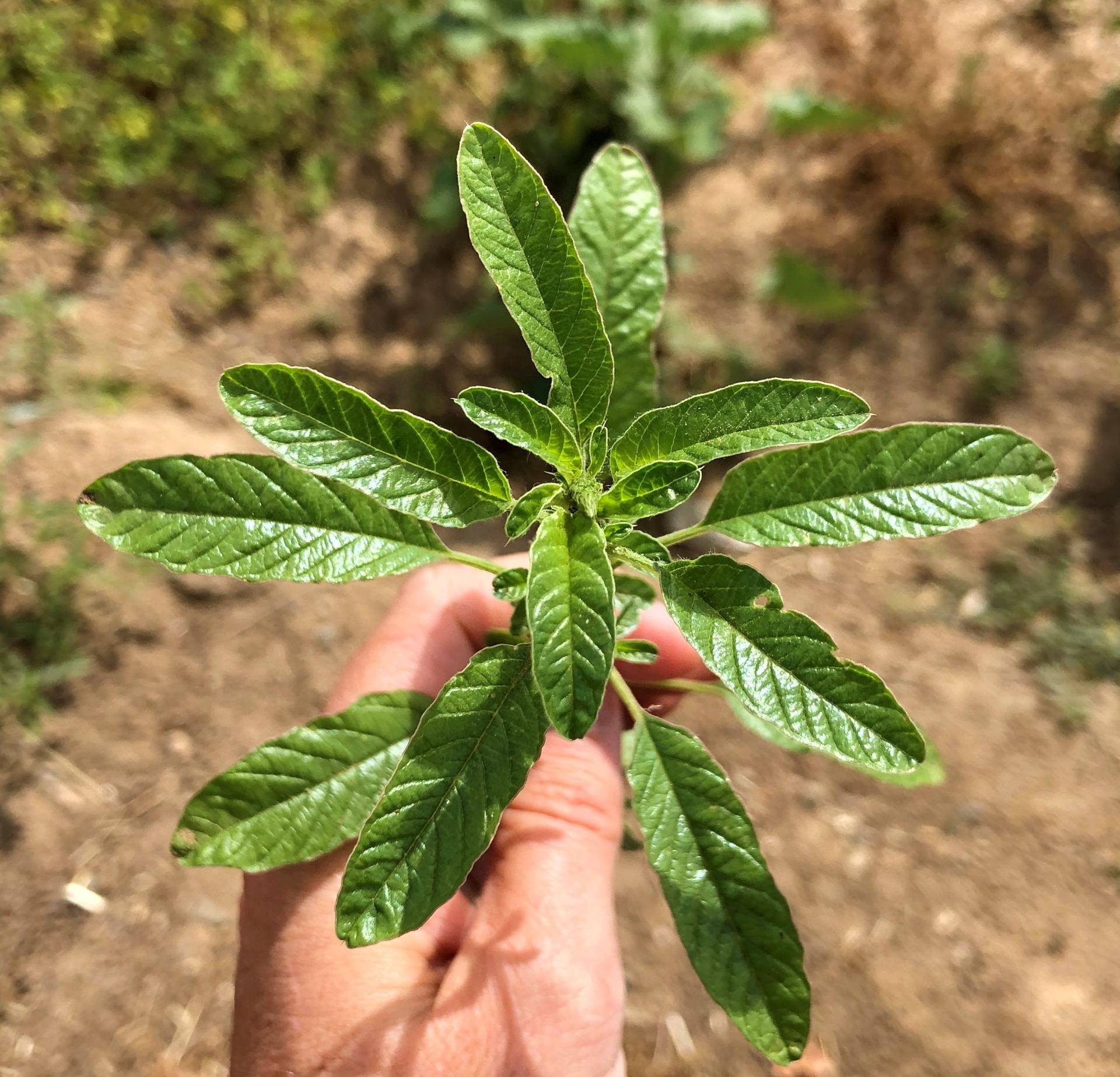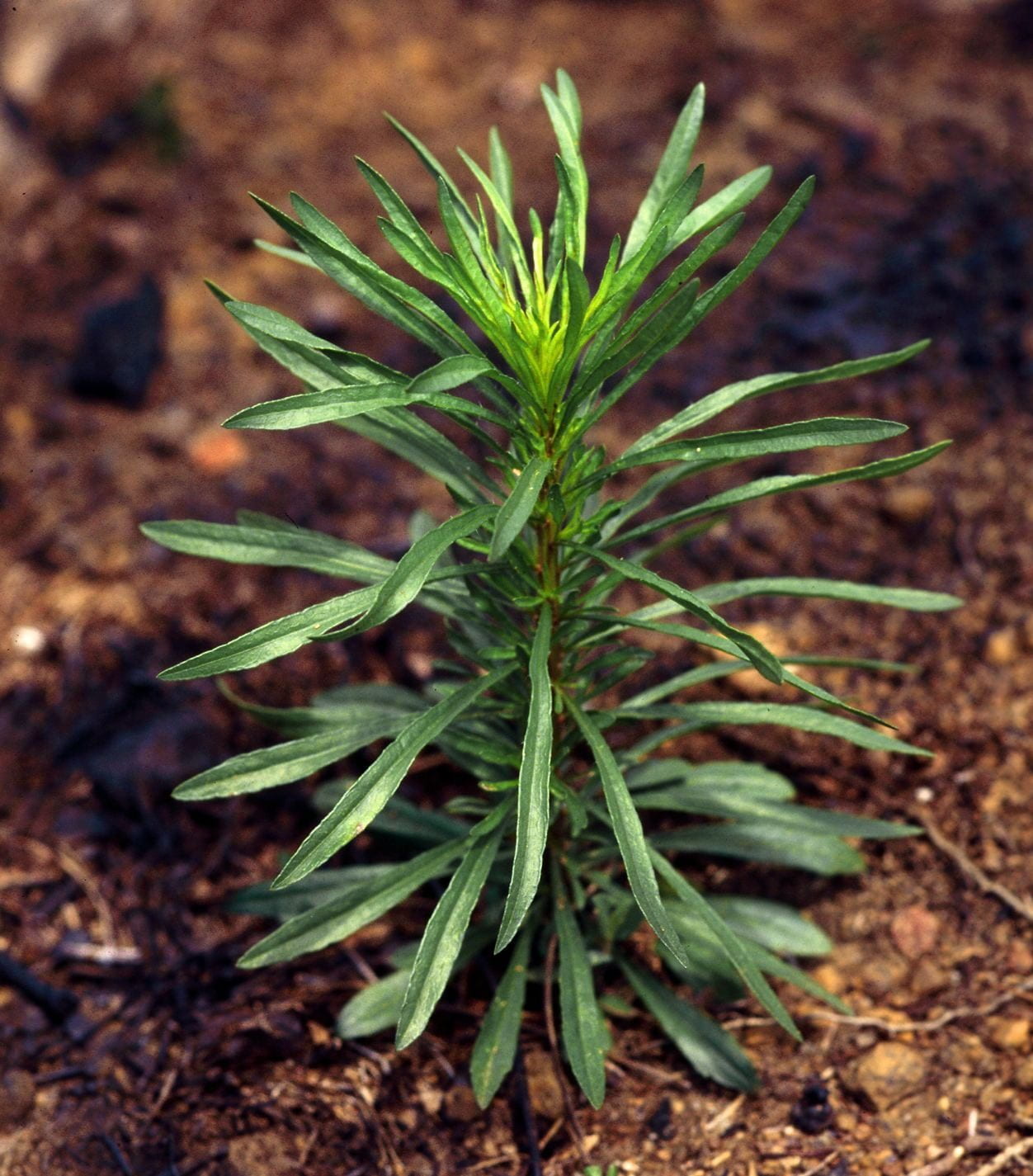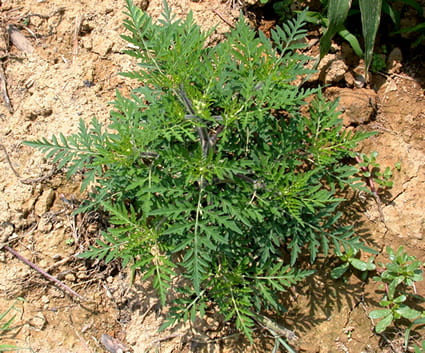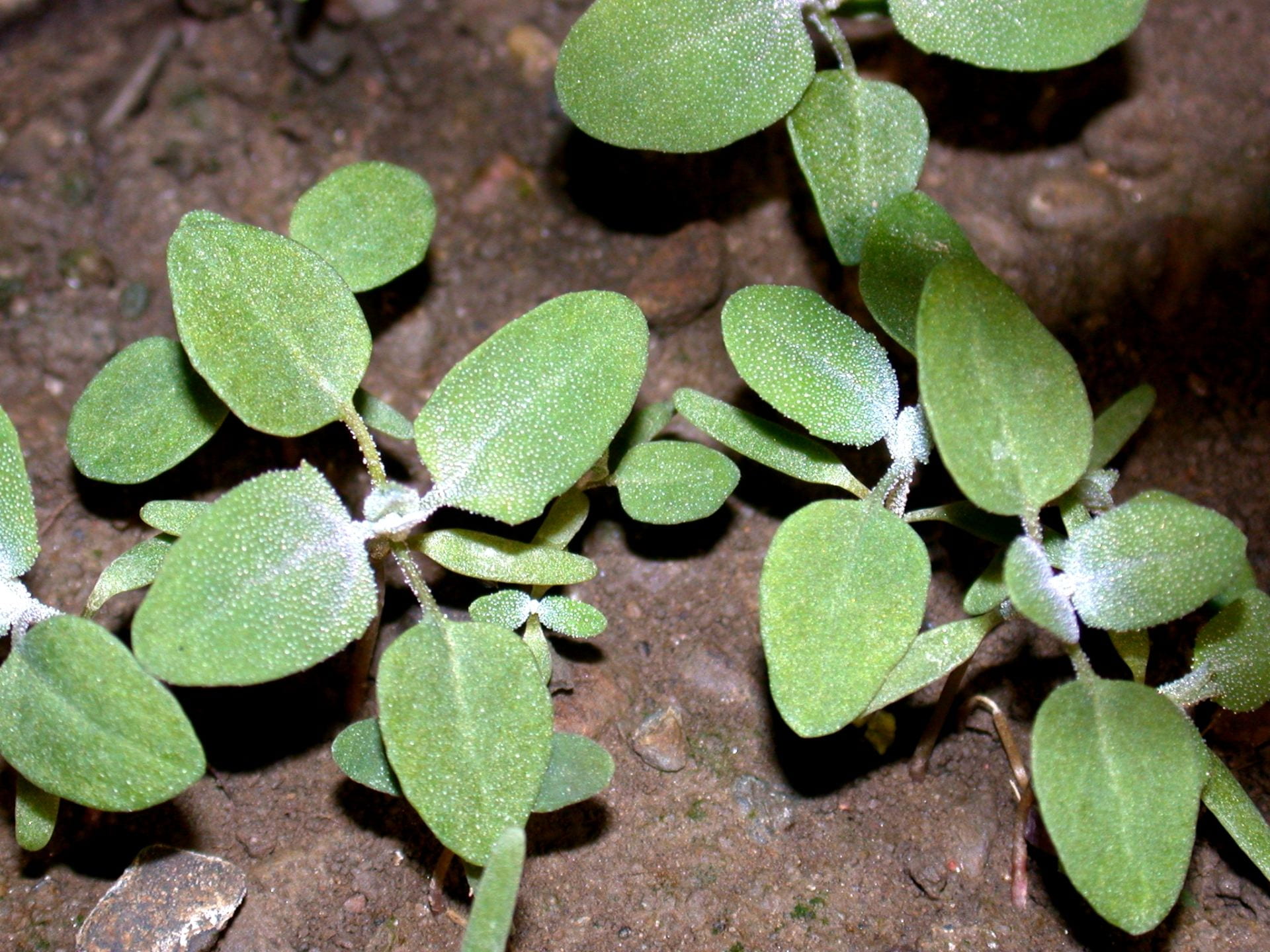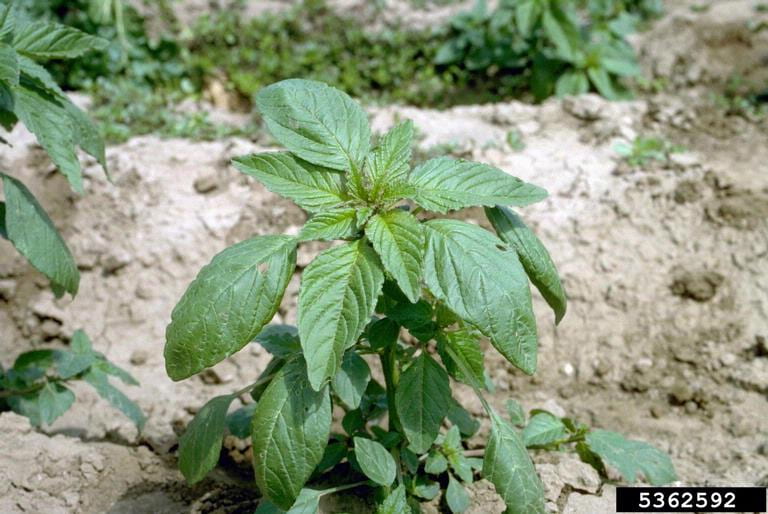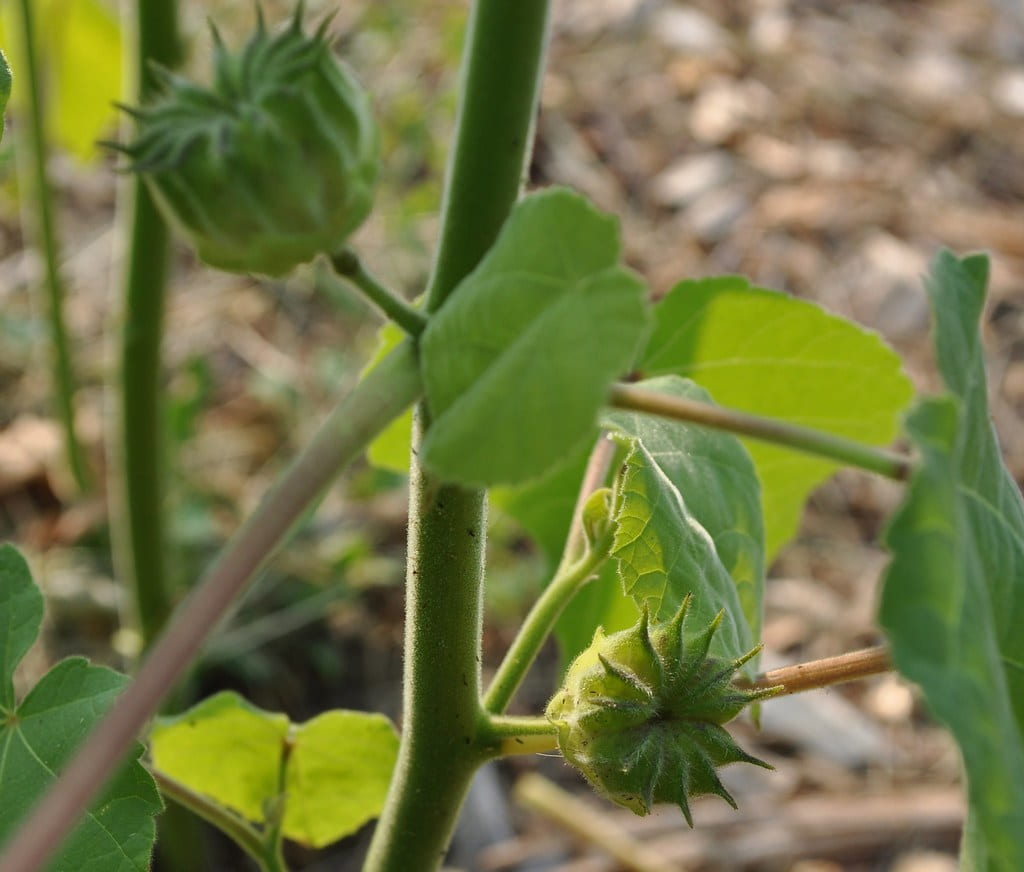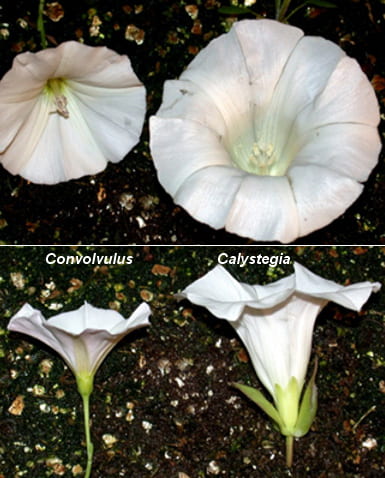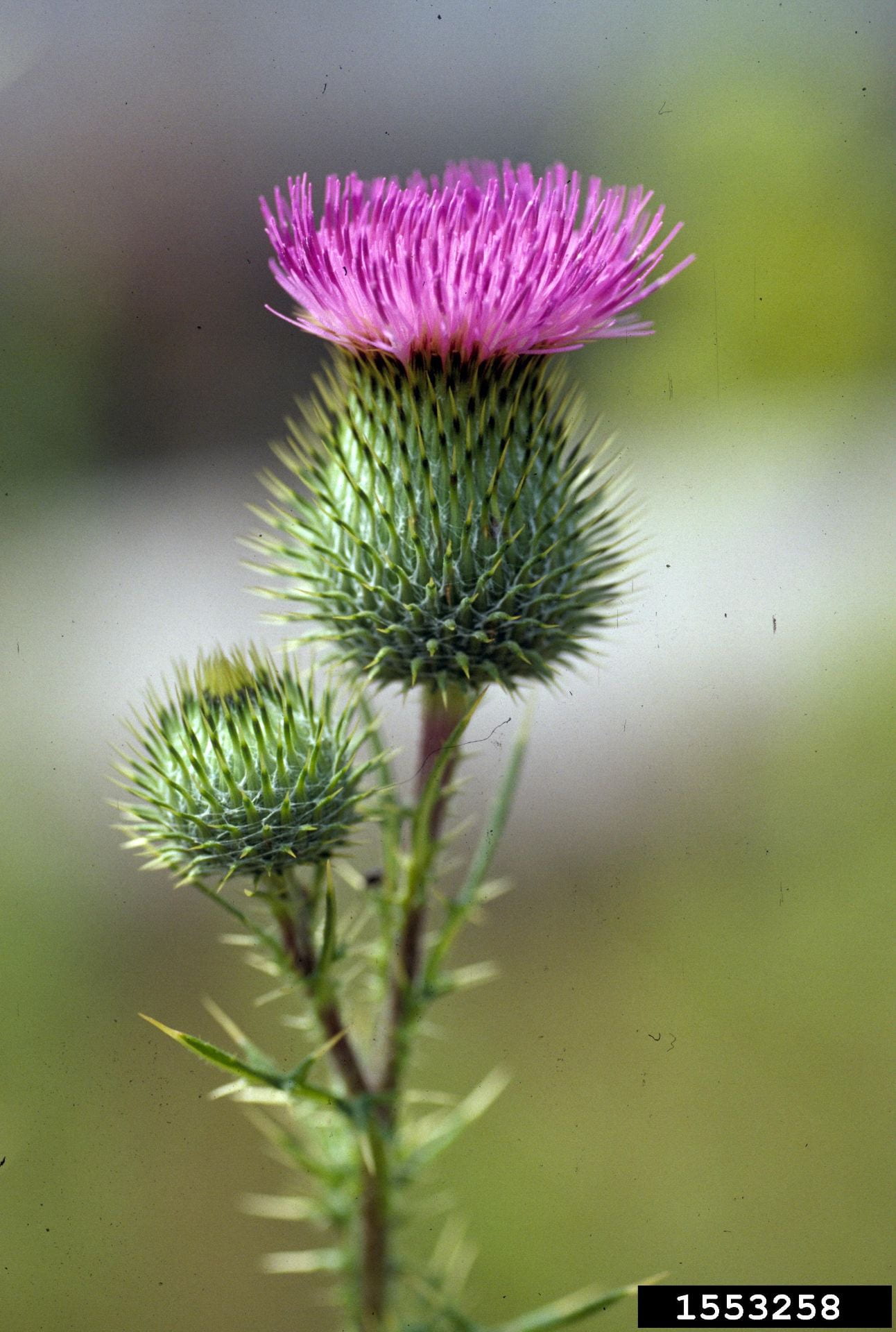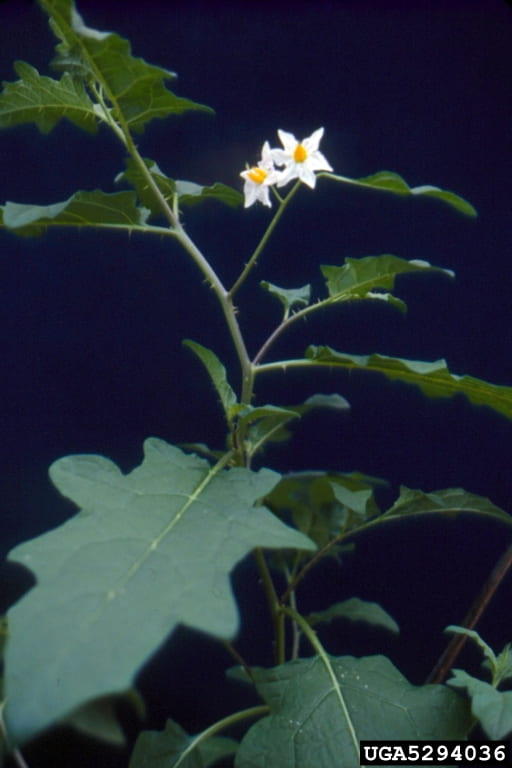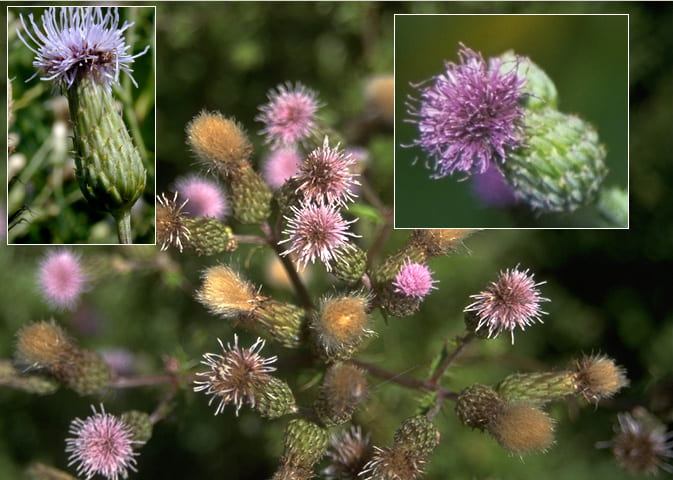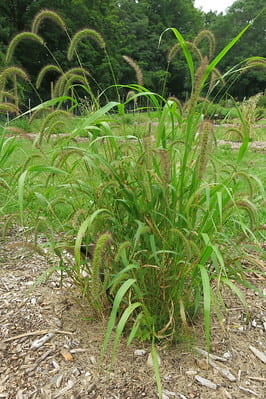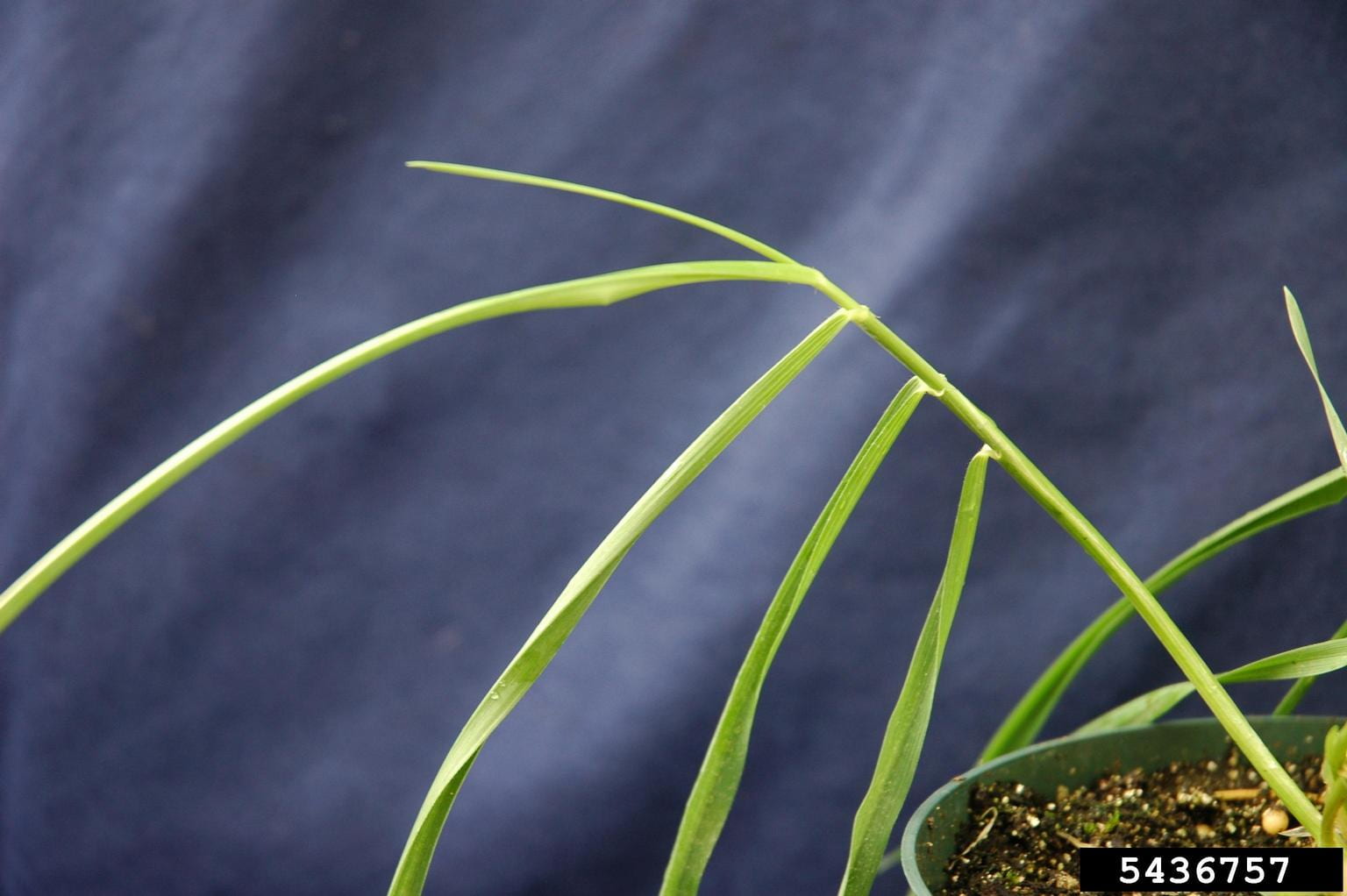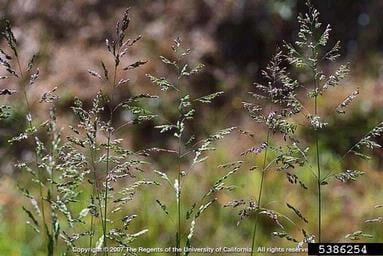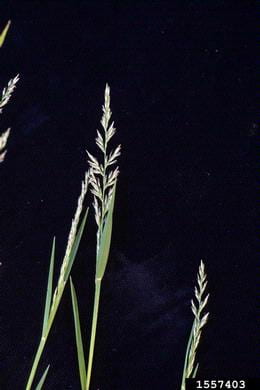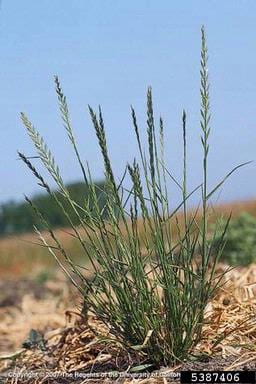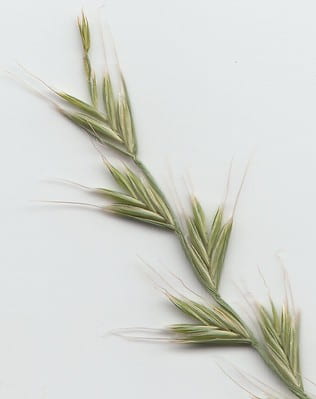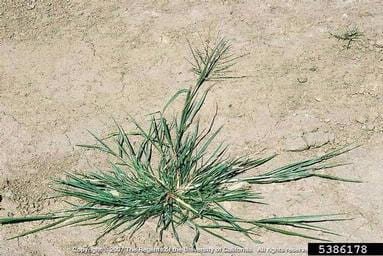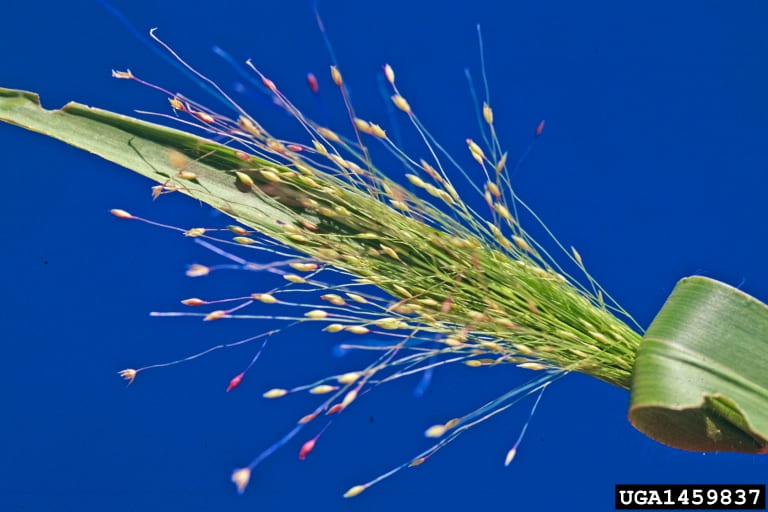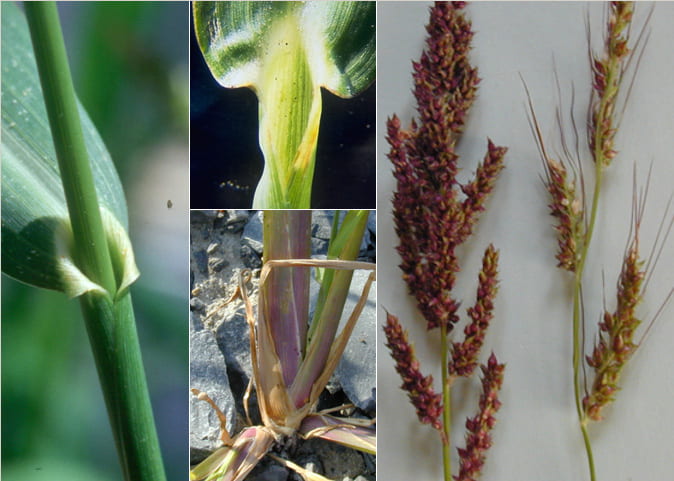Field crops are the most common type of agriculture in New York, where corn, soybeans, wheat, barley, triticale, spelt, dry beans, and other field crops are grown. Cornell University is heavily invested in New York’s field crops farmers, supporting many faculty who research field crop breeding, weed and pest research, and resources for farm management. Scroll down for links to problem and common weeds of New York field crops.
The statewide CCE Field Crops extension team provides on-the-ground advice and support for farmers around the state.
The Cornell Field Crops website provides timely information on crop management and resources.
Cornell Cooperative Extension’s Eastern Commercial Horticulture has a lookup table for weeds and common herbicides, where you can select your problem weed and see how well common herbicides control that species.
Printable Weed Booklets
These booklets are for printing and taking into the field. They have photos, identification tips, and chemical, mechanical, and cultural management options for the most common and troublesome field crop weeds.
For in-depth species profiles, scroll down to the problem and common weeds of field crops below, and click on the images to reach the species page. For more weeds, look under the “Resources” tab at the top of the page for the site’s full species list.
Annual Broadleaves
Palmer amaranth (Amaranthus palmeri)
Waterhemp (Amaranthus tuburculatus)
Horseweed (Conyza canadensis)
Common Ragweed (Ambrosia artemisiifolia)
Common Lambsquarters (Chenopodium album)
Redroot Pigweed (Amaranthus retroflexus)
Velvetleaf (Abutilon theophrasti)
Spotted knapweed (Centaurea maculosa)
Wild mustard (Sinapis arvensis)
Perennial Broadleaves
Bindweeds: field and hedge bindweed
Bull thistle (Cirsium vulgare)
Horsenettle (Solanum carolinense)
Additional perennial broadleaves:
Common milkweed (Asclepias syriaca):
Perennial weed that is toxic to livestock, although it is not commonly consumed unless animals are in overgrazed pasture or otherwise short on food resources. Milkweed is also a critical food resource for monarch butterflies, and is becoming scarce in agricultural regions.
Identification information provided by Iowa State University
Management information provided by Washington State University’s Whatman County
Hemp dogbane (Apocynum cannabinum):
Perennial weed that is toxic to livestock.
Identification information provided by Virginia State University: https://www.pubs.ext.vt.edu/450/450-140/450-140.html
Conventional management information provided by the Virginia Cooperative Extension: https://www.pubs.ext.vt.edu/content/dam/pubs_ext_vt_edu/450/450-140/450-140_pdf.pdf
Non-chemical management information provided by Farms.com: https://www.farms.com/field-guide/weed-management/hemp-dogbane.aspx
Grasses
Large and smooth crabgrass (Digitaria spp)
Witchgrass (Panicum capillare)
Foxtails (Setaria spp.)
Johnsongrass (Sorghum halepense)
Chess or cheat grass (Bromus secalinus)
Roughstalk bluegrass (Poa trivialis)
Wirestem Muhly (Muhlenbergia fronds)
Perennial ryegrass (Centaurea maculosa)
Italian ryegrass (Lolium multiflorum)
Fall panicum (Panicum dichtomiflorum)
Quackgrass (Elytrigia repens)
Yellow nutsedge (Cyperus esculentus)
Roughstalk bluegrass (Poa trivialis)
Witchgrass (Panicum capillare)
Barnyardgrass (Echinochloa crus-galli)

